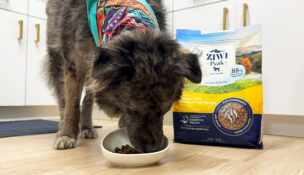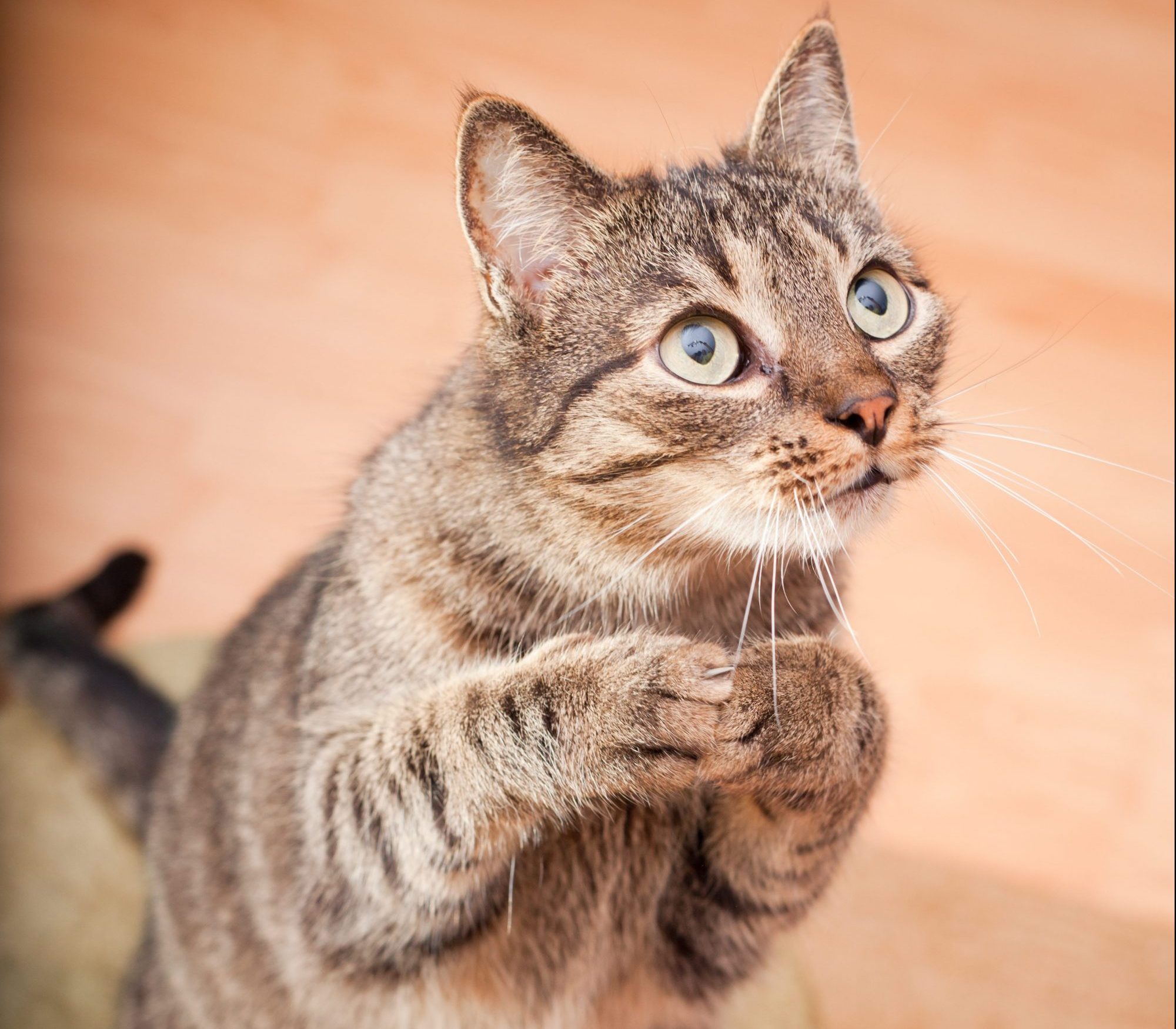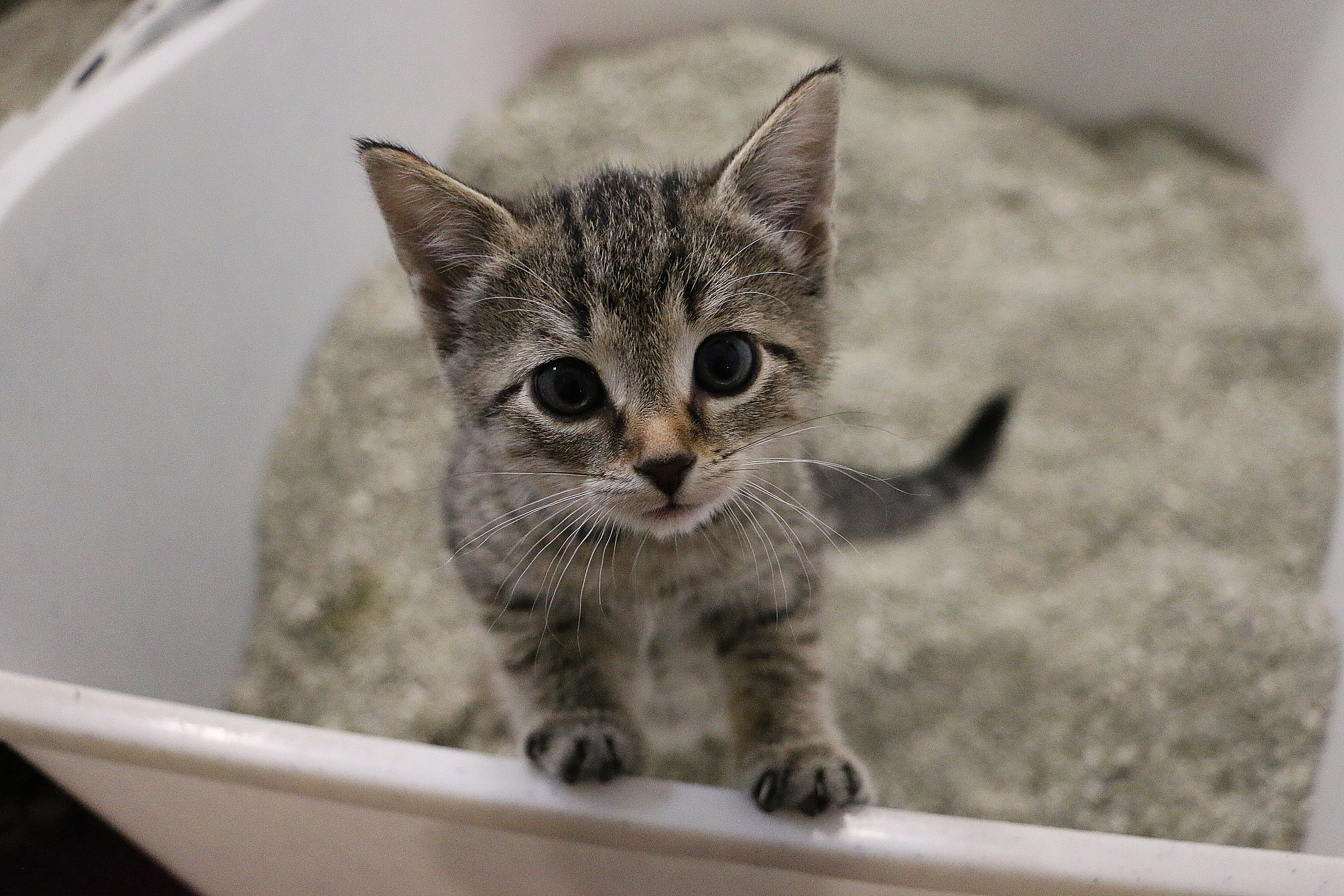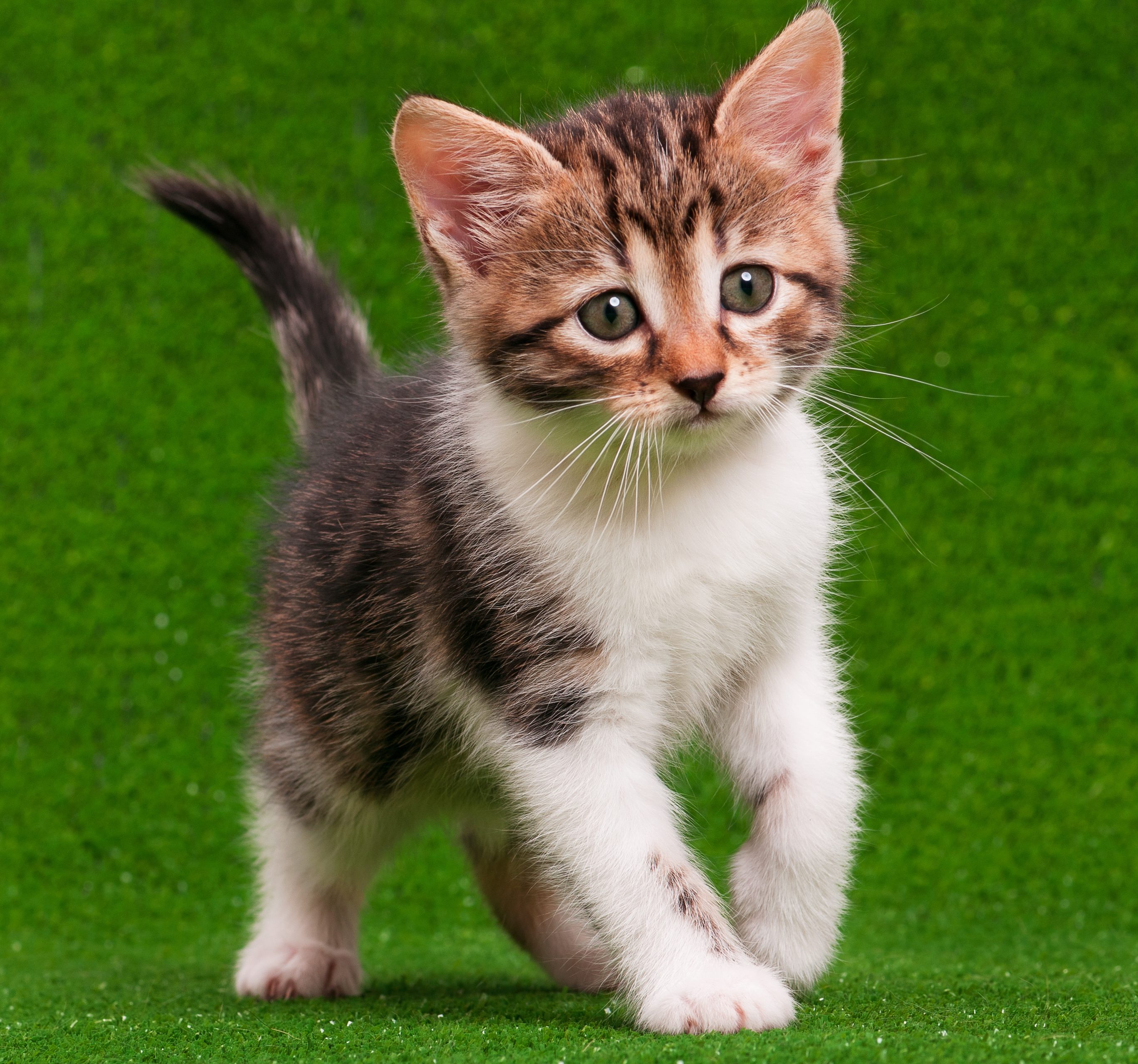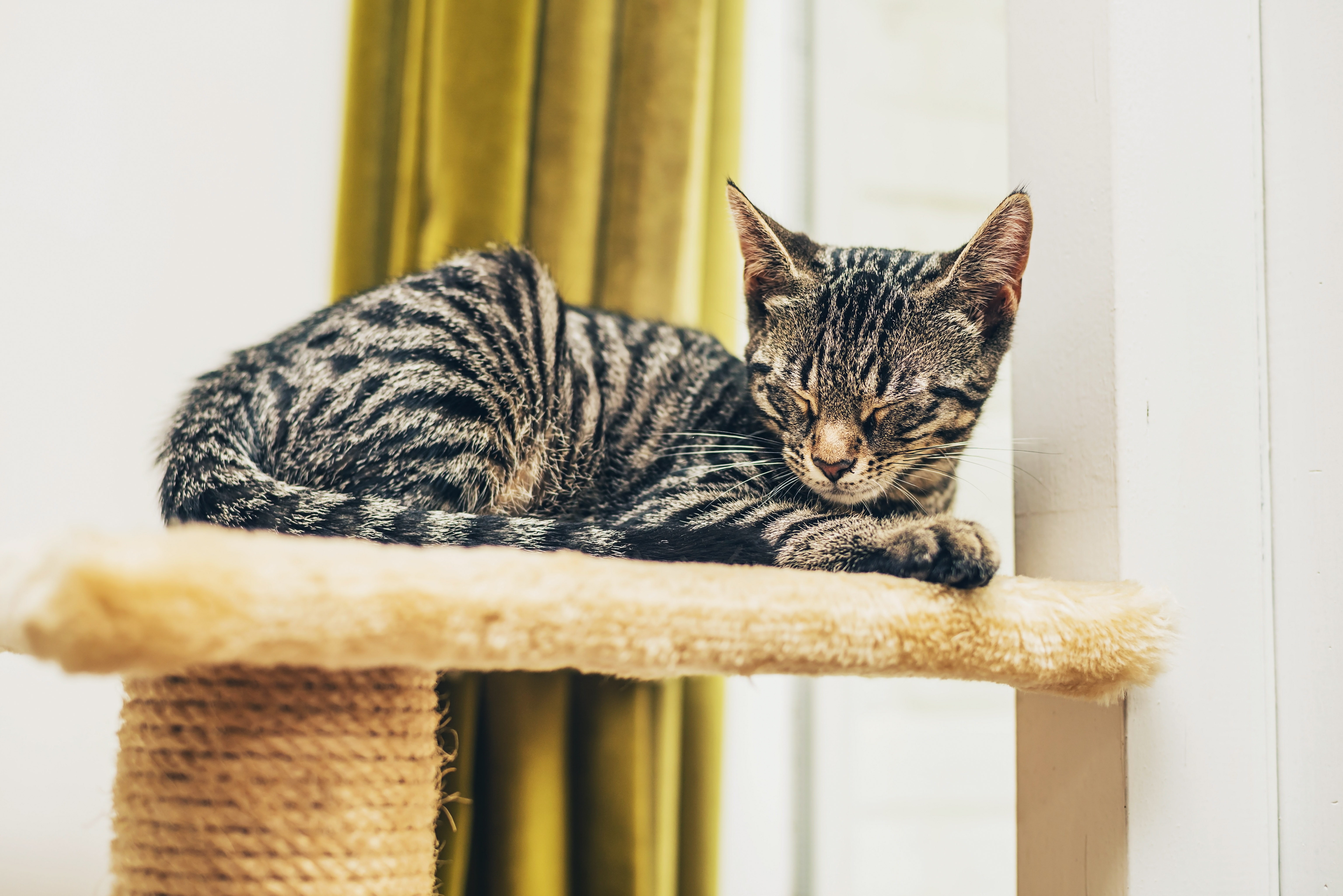The Fat Gap
Pet Age Staff //May 24, 2013//
The U.S. pet obesity rates continued to increase in 2012, with the number of overweight cats reaching an all-time high, according to results from the sixth annual National Pet Obesity Awareness Day Survey conducted by the Association for Pet Obesity Prevention. 
The survey found 52.5 percent of dogs and 58.3 percent of cats to be considered overweight or obese by their veterinarian. That equals approximately 80 million U.S. dogs and cats at increased risk for weight-related disorders such as diabetes, osteoarthritis, hypertension and many cancers.
“Pet obesity remains the leading health threat to our nation’s pets,” Dr. Ernie Ward, APOP’s founder and lead veterinarian for the survey, said. “We continue to see an escalation in the number of overweight cats and an explosion in the number of type 2 diabetes cases.”
Dr. Joe Bartges, a veterinary nutritionist and internal medicine specialist at the University of Tennessee’s College of Veterinary Medicine, cautions that many pet owners don’t recognize when their pet is overweight.
“In this survey, approximately 45 percent of cat and dog owners assessed their pet as having a normal body weight when the veterinarian assessed the pet to be overweight,” he said.
He calls the phenomenon of incorrectly evaluating an overweight pet as normal, “the fat gap.”
“The disconnect between reality and what a pet parent thinks is obese makes having a conversation with their veterinarian more challenging,” Bartges said. “Many pet owners are shocked when their veterinarian informs them their pet needs to lose weight. They just don’t see it.”
The 2012 survey, conducted in October and December of 2012, analyzed data from 121 veterinary clinics in 36 states, and included 1,485 dogs and 450 cats






